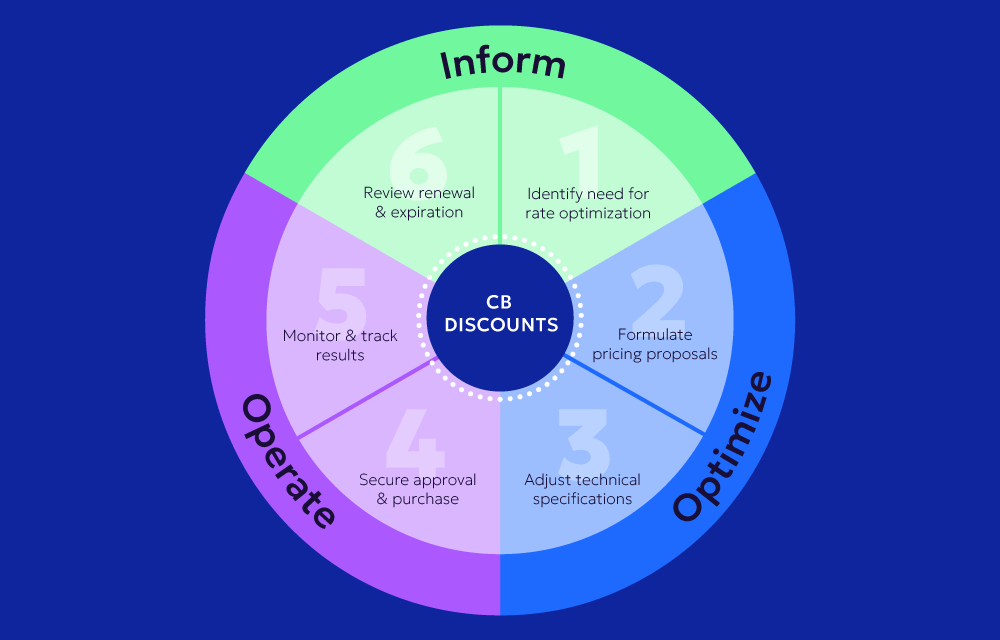What are Commitment-Based Discounts?
Commitment-based discounts are pricing agreements designed to incentivize customers to commit to long-term usage of cloud resources. By agreeing to utilize a certain level of cloud services—like compute instances or storage capacity—for a fixed period, typically one or three years, users benefit from lower prices compared to on-demand services. This arrangement helps cloud providers predict revenue streams and plan resource allocation efficiently.
Advantages of Using Commitment-Based Discounts
- Cost Savings: Customers can significantly reduce costs compared to on-demand pricing, particularly for consistent, predictable workloads.
- Budget Predictability: With fixed usage agreements, organizations can more accurately forecast and manage their cloud spending.
- Resource Assurance: Providers often prioritize delivering resources to customers with commitment-based plans, ensuring availability even during peak demand.
Disadvantages of Managing Commitment-Based Discounts
- Unused Capacity: Fixed commitments can lead to paying for unused resources if demand decreases or needs change unexpectedly.
- Lock-In: Long-term agreements might restrict organizations to specific providers or service tiers, reducing operational flexibility.
- Administrative Overhead: These plans require continuous monitoring and management to align the commitments with actual usage and adjust as business needs evolve.
Types of Commitment-Based Discounts
- Reserved Instances: Customers commit to specific types and sizes of cloud instances for a set term, securing lower rates than on-demand options.
- Savings Plans: These plans allow users to commit to a consistent expenditure amount, measured in dollars per hour over a period, offering flexibility and cost reductions across different services.
Strategies to Manage Commitment-Based Discounts
- Usage Monitoring: Continuously track cloud usage to ensure that it aligns with the commitments and adjusts as needed to match actual business requirements.
- Optimization: Regularly assess and adjust commitments based on evolving workload patterns and business needs, as well as any changes in the provider’s pricing.
- Automation: Utilize FinOps tools to automate the tracking and management of cloud resources. These tools can automatically adjust your commitments and resource allocations based on real-time usage data and predictive analytics, ensuring you maximize your discount potential while avoiding overspending.
- Flexibility: Seek out options within contracts that allow for adjustments in commitments, such as convertible features or flexibility clauses, to adapt to changing requirements without penalty.
- Cost Analysis: Perform detailed cost comparisons and scenario planning to determine the most cost-effective approach between commitment-based discounts and other pricing models.
- Proactive Scaling Adjustments: Employ predictive analytics and tools like autoscaling in AWS to forecast future usage trends and proactively adjust your commitments accordingly. This helps avoid both underutilization and overutilization penalties.
- Collaborative Decision-Making: Involve different departments in your organization in the decision-making process for commitment purchases. This ensures that commitments reflect the actual needs of the entire organization, not just a single team or department.
- Vendor Negotiation: Regularly engage with your cloud service providers to negotiate terms that better suit your business needs. Providers may offer unique discounts or flexible terms not publicly advertised, especially for high-volume customers.
- Training and Awareness: Conduct training sessions for your team on the benefits and responsibilities involved in commitment-based discounting. Awareness helps ensure that all stakeholders understand how to manage and optimize these commitments.
- Utilize Marketplaces: Consider purchasing reserved instances or savings plans through secondary marketplaces. These platforms can offer commitments at even lower prices if other organizations need to offload excess capacity.
- Regular Audits: Schedule regular audits of your cloud spend and commitment utilization. This helps identify inefficiencies and adjust strategies to optimize financial performance.
- Leverage Multi-cloud Strategies: If possible, diversify your commitments across multiple cloud providers. This can reduce dependence on a single provider and leverage competitive pricing, while also increasing disaster recovery capabilities.
Commitment-based discounts can offer substantial benefits in cost savings and budget management for businesses with predictable cloud service needs. However, they require diligent management to maximize benefits while avoiding potential drawbacks such as unused capacity and provider lock-in.




